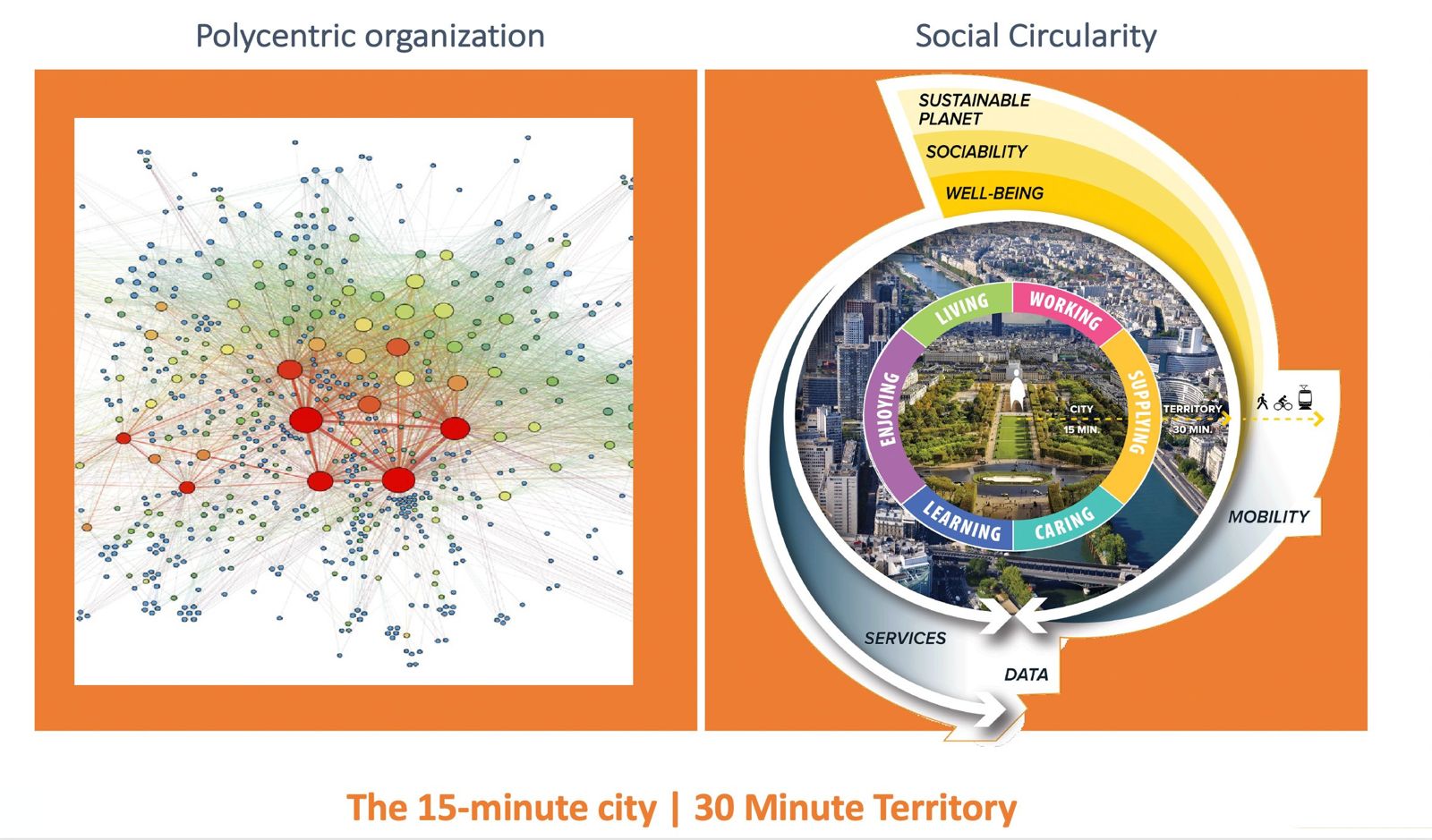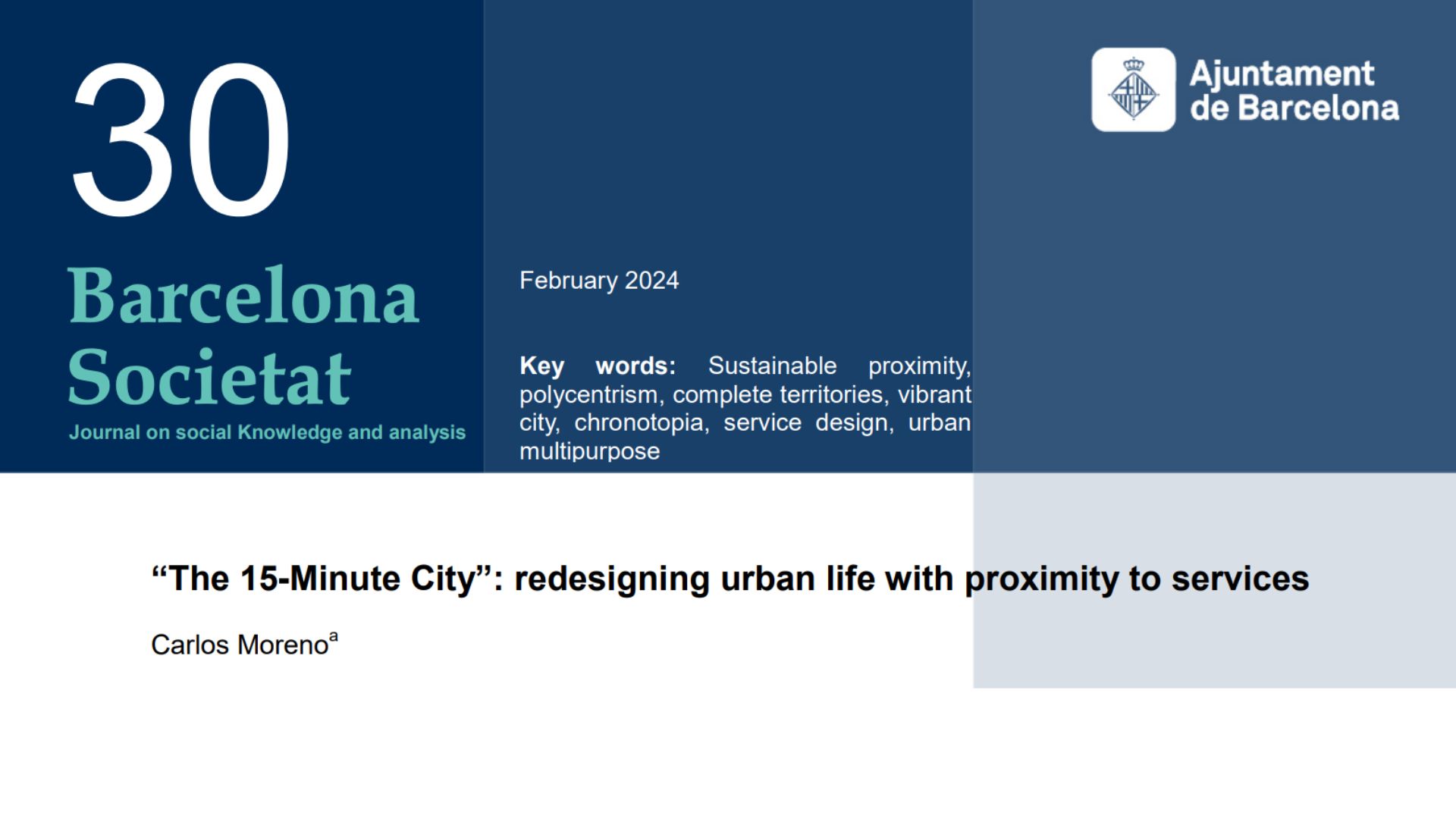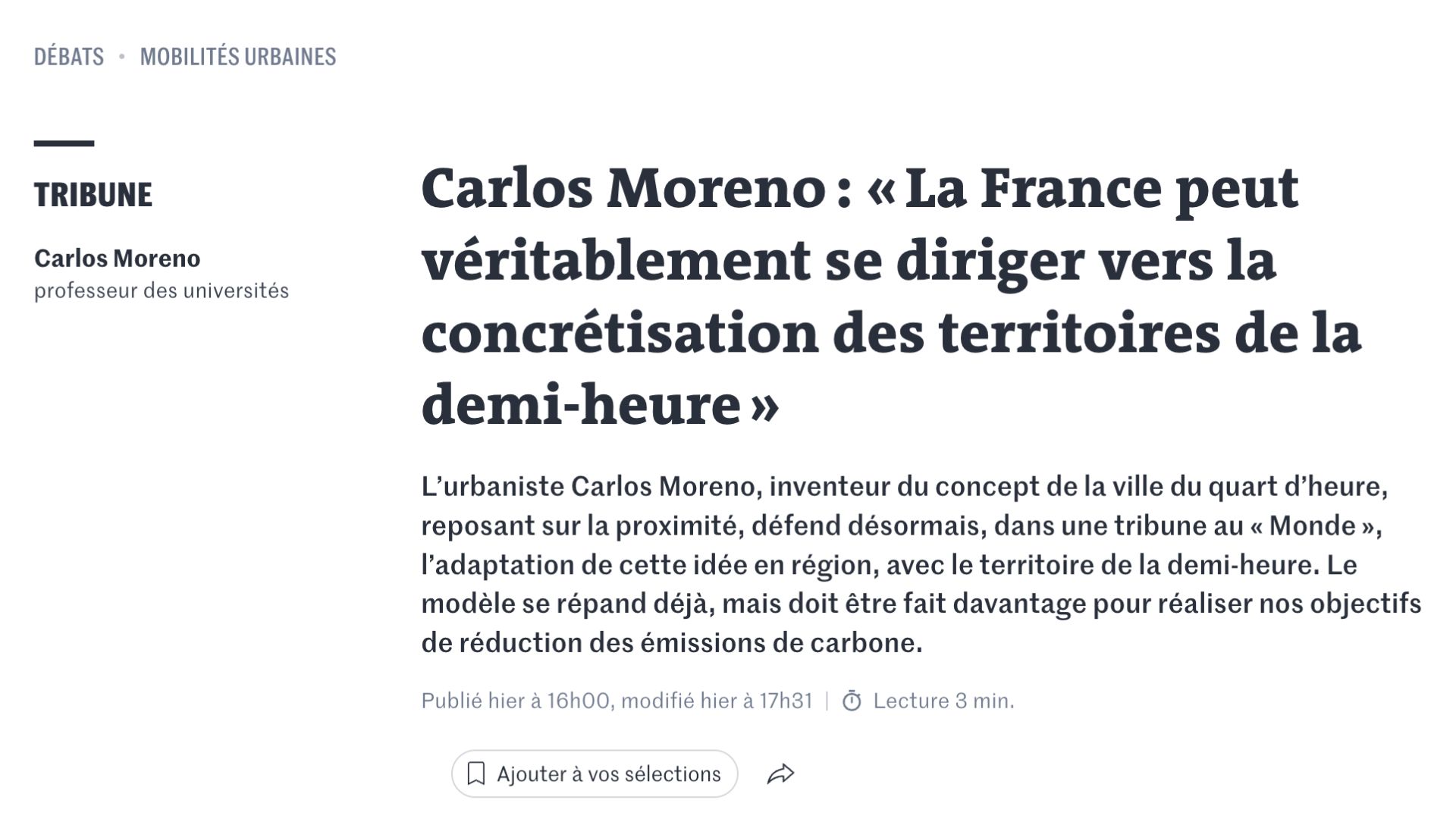Conference – July 2012
Introduction
Thank you ayuntamiento de Barcelona, Thank you Manel, Thank you Vicente for this invitation to come and share my vision here.
Colombiano de origen, français de nationalité, vecino entonces y admirador de la ciudad de Barcelona desde hace mucho tiempo, es un gran placer de estar aqui’
Ladies and Gentlemen, good morning,
I am a scientist. A university professor and scientific advisor for the CEO of the French subsidiary GDFSUEZ, COFELY INEO
I’m Smart Cities scientific coordinator of corporate Strategy GDFSUEZ. I’m based in Paris
I take part in many committees and think tanks in France and elsewhere
With the city of Barcelona and Cisco, GDFSUEZ, we launched this initiative named CITY protocol.
I am pleased with the very large audience
Why GDFSUEZ ?
GDFSUEZ develops its businesses around a model based on responsible growth to take up today’s challenges.
GDFSUEZ is the leader in the utilities sector and second largest power producer worldwide. GDF SUEZ helps cities and businesses to meet the challenges linked to population growth, urbanization, higher standards of living.
By people for people this is our motto. To live better in the city is a challenge for all. This is the reason for GDFSUEZ’s presence here.
The city of tomorrow: living in the living city
Why living in the living city?
A city is a place where human beings gather to meet their daily needs of life.
A city is a place of life and it is itself alive. A city develops itself over time, A city grows and becomes more complex.
In the city there are multiplicities of needs: uses, services, flows, which are diversified: housing, education, mobility, culture, health, environment, safety, energy, waste management, communication …
Each city is changing in its own context and at its own pace. Those are themselves diverse and evolving. Contexts can be of different natures: cultural, geopolitical, historical, religious, human…
Those contexts also shape many of the city’s characteristics.
In any case, vital human needs are to be met. Indeed, mankind always looks to meet new needs to ensure a better quality of life, a better comfort and progress.
In our vision, our cities, in fact are Complex Systems… The City will go towards transverse, open, scalable, adaptive ecosystems, allowing mankind to blossom
City as a complex system
Why a city is a complex system?
Because a city is alive, A city, like any living, changes over time
The city we know today will not be the city of tomorrow and it is different from yesterday’s.
The city has a metabolism and many rich ecosystems. The city is very heterogeneous. Like any complex system, we never have a global view of how it evolves. The city is fragile and must adapt to changes all the time.
For us, the city must be described as complex systems with a decomposition into many systems, many subsystems and many components. Their interactions dictate their dynamics, their global behavior, their actions now and in the future.
Therefore, urban planning is limited by the own nature of its complexity.
In any complex system, its development is driven by the action of two vectors: necessity and chance.
In the city, needs are uses and functions, chance is hazard and risk.
In the city these vectors of complexity are constantly present and growing. The city is in permanent movement; In fact, the city is fragile, very fragile. Fragility is one of its features
At any time and everywhere in the city many unexpected events of all kind are happening. They demand us to react. They can also be very seriously affecting lives, practices and services.
Resilience is the major key to ensure continuity of services in the city during time of crisis.
In our vision, city has to adapt, learn, grow, be strong, independent, self repairing, and self breeding.
In our vision, in order to develop the city and manage this complexity, new paradigms and news practices are needed. For us AMBIENT INTELLIGENCE is the paradigm.
Our paradigm: AMBIANT INTELLIGENCE
Why this paradigm?
Understanding a city as a complex living system, we must implement three independent, different, models. They must converge in order to build uses and services for a better life. Using this paradigm we can link an abstract model of the world, a digital world, the physical world to the real life.
1. Knowledge models, ontology’s, will be increased with the description of uses and activities ; thus offering scalable semantics, from urban models.
2. A multi-scaled decomposition, taxonomy, will allow the description of systems, subsystems, components… by identification, classification through languages.
3. A dynamic projection and ubiquitous interaction, will refer to the physical world through infrastructures.
These three models merge to embody the paradigm of ambient intelligence, to build a systemic and dynamic vision of the city.
Using this paradigm and systemic approach, we complete our vision for the city.
Our vision: a systemic approach in the city
Why a systemic approach?
Because a city is composed of a set of interacting systems, systems that are independent and work together at the same time.
These interactions, interdependencies give rise to dynamic uses of the systems. Links between them are created, evolve or disappear depending on dynamics over the time.
City’s ontology provides the basic concepts for powerful approaches facilitating the interoperability of urban models.
The same reality can be expressed through different models (physical or a numerical mock-up, an information model associated with geo-data or a mathematical model of processes).
City’s Taxonomy shows a new concept of describing a city through its constituent systems, in order to better understand how they interact and to understand the new flows of city data.
This taxonomy creates a shared knowledge of the city, and becomes the framework by which cities can establish a common basis for meaningful comparison and discussion.
Two additional elements are important for the projection of our vision today : indicators of the value chain in the cities for the uses and the interoperability of systems and subsystems.
Cities, as a complex system, with their ontology, taxonomy and projection towards ubiquitous infrastructure, offer a new way to provide cross-optimization of uses and services of city of today and to build new ones for the city of tomorrow.
This construction must involve all city stakeholders.
Here is the key factor in this strategic vision to build the City Protocol.
For all these reasons I am pleased to be part of this ambition to build the City Protocol.
Towards a City Protocol
Why the City Protocol now ?
First answer is the reason for our presence here today: to create a space for dialogue, a space for reflection, a space for exchange, on our view of the city, its models, its evolution, from its projections over 20 years and more .
We are not creating a normalization’s committee
We are a living community of all city stakeholders (academic, industrial, …) which is set in motion to build a methodology and a set of tools in a collaborative and transverse way, to anticipate each and all together the challenges of tomorrow, for the cities.
We want to explore together these strong concepts. We want to be a driving force of dynamics, which in the example of the Internet Protocol, will create new basis to improve the transformation of our cities. We want to build better cities, easier to live in and resilient
Yes it is a very ambitious project but it is our vision.
TOGETHER IT IS POSSIBLE. TOGETHER WE WILL BUILD THE CITY PROTOCOL.


